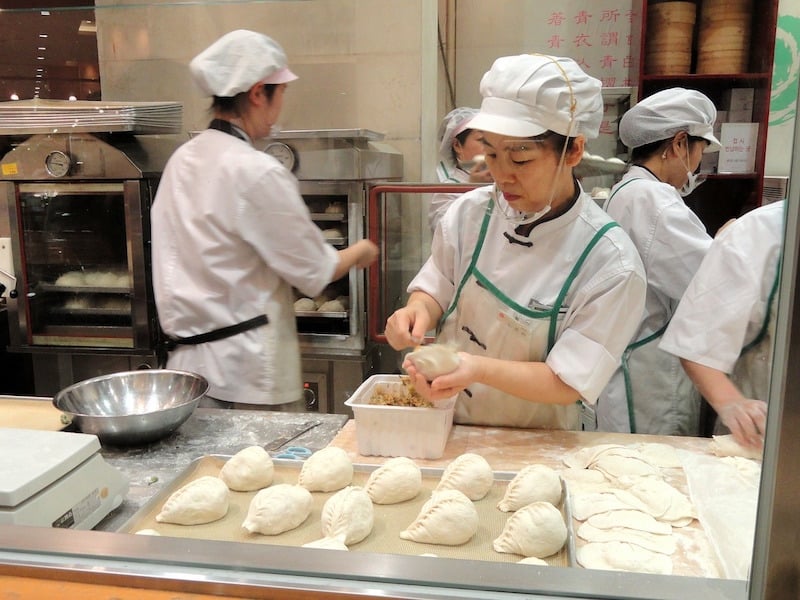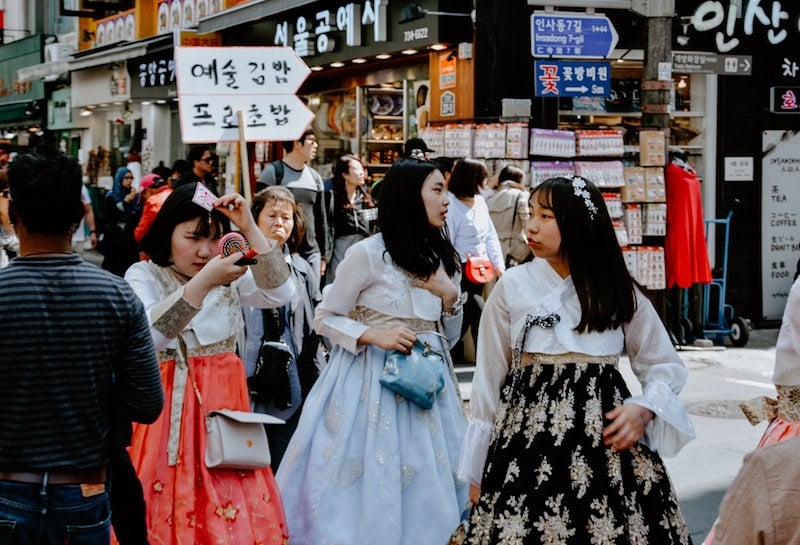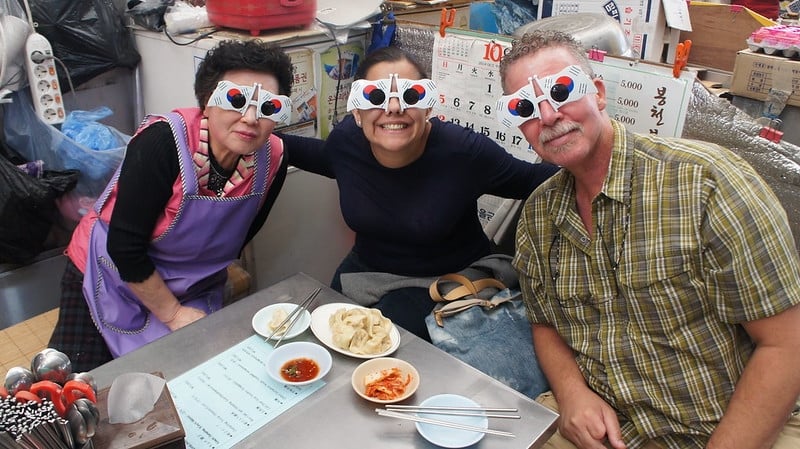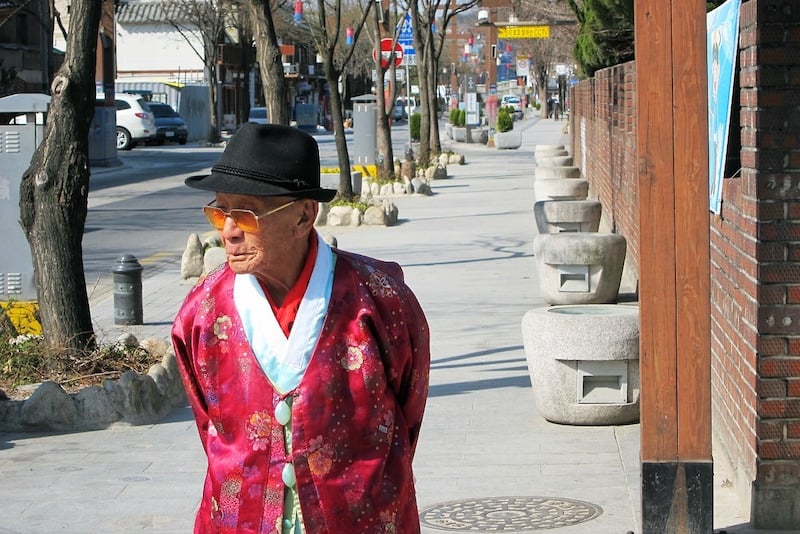Welcome back to another entry on Korean language lessons! We’ve previously covered basic Korean words and phrases; and most recently, we tackled Korean terms of endearment too. We’re by no means authorities in speaking Korean or writing Hangul. But we’re just here to spread the love we have for Korean culture that we’ve grown familiar with thanks to all things Hallyu, from K-dramas to K-pop!
So if you’ve been a consistent fan of K-dramas, you may have noticed that Koreans have different ways of saying thank you. Allow us to break it down for you to ease your subtitle reading experience!
Note: If you’d like to perfect your Korean pronunciations, check out the Korean language courses and apps listed here.
Formal thank you
Gamsahabnida & Gomapseupnida
These formal ways of saying thank you in Korean are used when expressing gratitude to older people or those who rank as your senior. They’re also used when speaking to people you’re not familiar with or whom you’ve just met. Although these two Korean words mean the same thing and have the same value, saying gamsahabnida is more common and therefore deemed a tad more respectful than gomapseupnida, as you may have observed in K-dramas.
Polite thank you
Gomawoyo

The rationale behind this way of saying thank you in Korean is a bit tricky. But when it comes to K-dramas, you’ve probably heard it exchanged between colleagues who are of similar ranking or level in an office. That’s because it isn’t formal enough to be said towards older people, but it also isn’t informal enough to be bounced back between friends. So Koreans consider gomawoyo as the polite or safest way of saying thank you towards colleagues, to keep the working environment equal and respectful.
Informal thank you (“thanks”)
Gomawo

Last but not least, gomawo is the most casual way of saying thank you in Korean and is usually spoken when conversing with friends, siblings, or children. Keep in mind that you shouldn’t say gomawo if you’re talking to someone younger who you’ve just met (and vice versa). In this situation where familiarity is still lost despite your older age, say gamsahabnida instead.
Also read: All the Dos and Don’ts in South Korea That Locals Wish You Knew!

Image credit: Tracy Hunter
If you’ve noticed, the Korean language involves a very important value: respect. If you choose the wrong thank you in Korean, you’re going to come off insensitive and disrespectful. Always consider who you’re talking to and the kind of relationship you have with them. From there, you can decide the best way to say thank you in Korean, whether it’s a courteous gomawoyo or a simple gomawo.
Keep all these in mind the next time you’re in South Korea. Gamsahabnida for taking the time to read!





